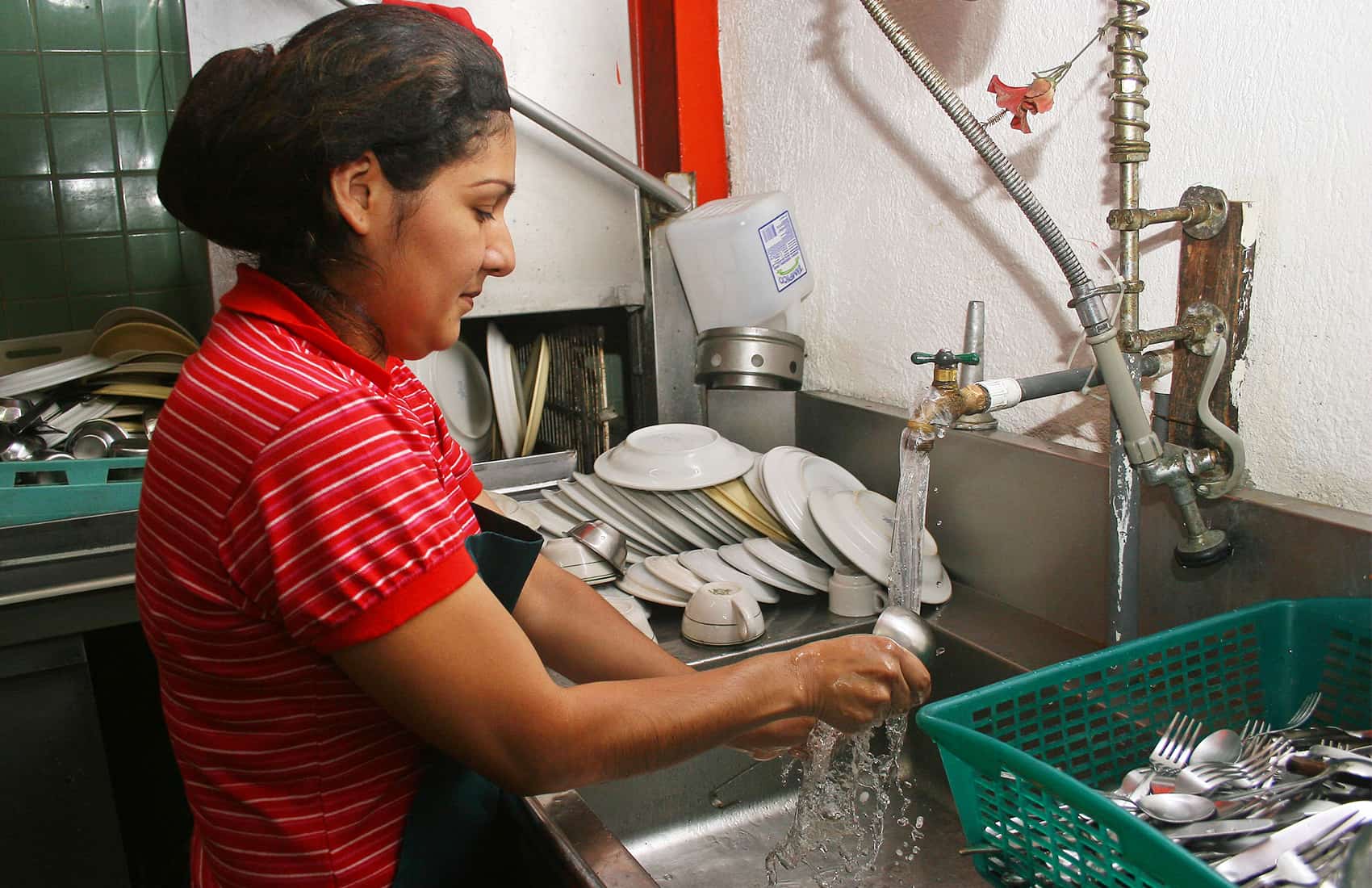Water supply problems in most of Costa Rica during the past two dry seasons has prompted the Water and Sewer Institute (AyA) to draft a bill aimed at promoting water-efficient appliances and fixtures.
The proposal’s main strategy is to cut the import, sales and selective consumption taxes on all products that save water. The draft bill includes an initial list of some 25 items that would be exempt from all three taxes, including water tanks, faucets, shower heads, dishwashers, washing machines and toilets.
The draft also leaves the possibility open for including any other device, piece of equipment or spare part that meets the law’s objectives. In order to apply for a tax exemption the proposal states that AyA will conduct tests and measurements to verify that a new proposed item effectively saves water.
AyA experts recently carried out a pilot plan at the institute’s main building in San José to test the water efficiency of some devices. Standard toilets were switched out for ones with smaller tanks, dry urinals were installed, and pipes and valves were replaced with ones that regulate water supply in several areas of the building. Results of the program showed that water consumption in the building decreased by as much as 50 percent.
The draft bill is currently under study by AyA officials and has also been sent to the Finance Ministry to assess whether the tax cut plan is feasible. The next step is to submit it to the Legislative Assembly.
More than 150,000 Central Valley residents are facing daily water rationing since the beginning of the year. Water shortages in some communities last up to 12 hours a day and some households have faced full days without a single drop in recent weeks.
Extreme rationing measures recently prompted residents from several communities in the southern and eastern parts of San José to protest and block some of the capital’s busiest streets to demand a solution.
AyA began distributing water in tankers and also installed water tanks at public hospitals and schools in the areas facing shortages. Some public schools in March and early April were forced to send children home due to the lack of drinking water.
Rainy season expected to ease water shortages
AyA expects that the rainy season will help replenish water sources and end rationing. According to the National Meteorological Institute (IMN), the transition to the rainy season, which normally runs from May to November, will begin this week.
The first showers of the season already fell across many areas of the country except for some regions in the Pacific provinces of Puntarenas and Guanacaste. IMN expects the rainy season in Guanacaste to begin in late May.
IMN experts attribute extreme weather conditions over the past two years to an El Niño weather phenomenon, which caused rainfall shortages in most of the country but also above-average precipitation in some parts of the Caribbean region.
Effects of El Niño on local weather are expected to end this year, IMN experts have stated.
IMN expects precipitation levels this year to increase some 30 percent over last year and up to 70 percent in Guanacaste, the province most affected by drought.
AyA officials agree that recent water problems in the country are largely due to the impacts of climate change, but say it is also caused by overconsumption and the pollution of aquifers, rivers and other fresh water sources.
AyA has started working on plans for at least 10 new drinking water projects for 2017 across the Greater Metropolitan Area, which includes San José, Cartago, Alajuela and Heredia.






